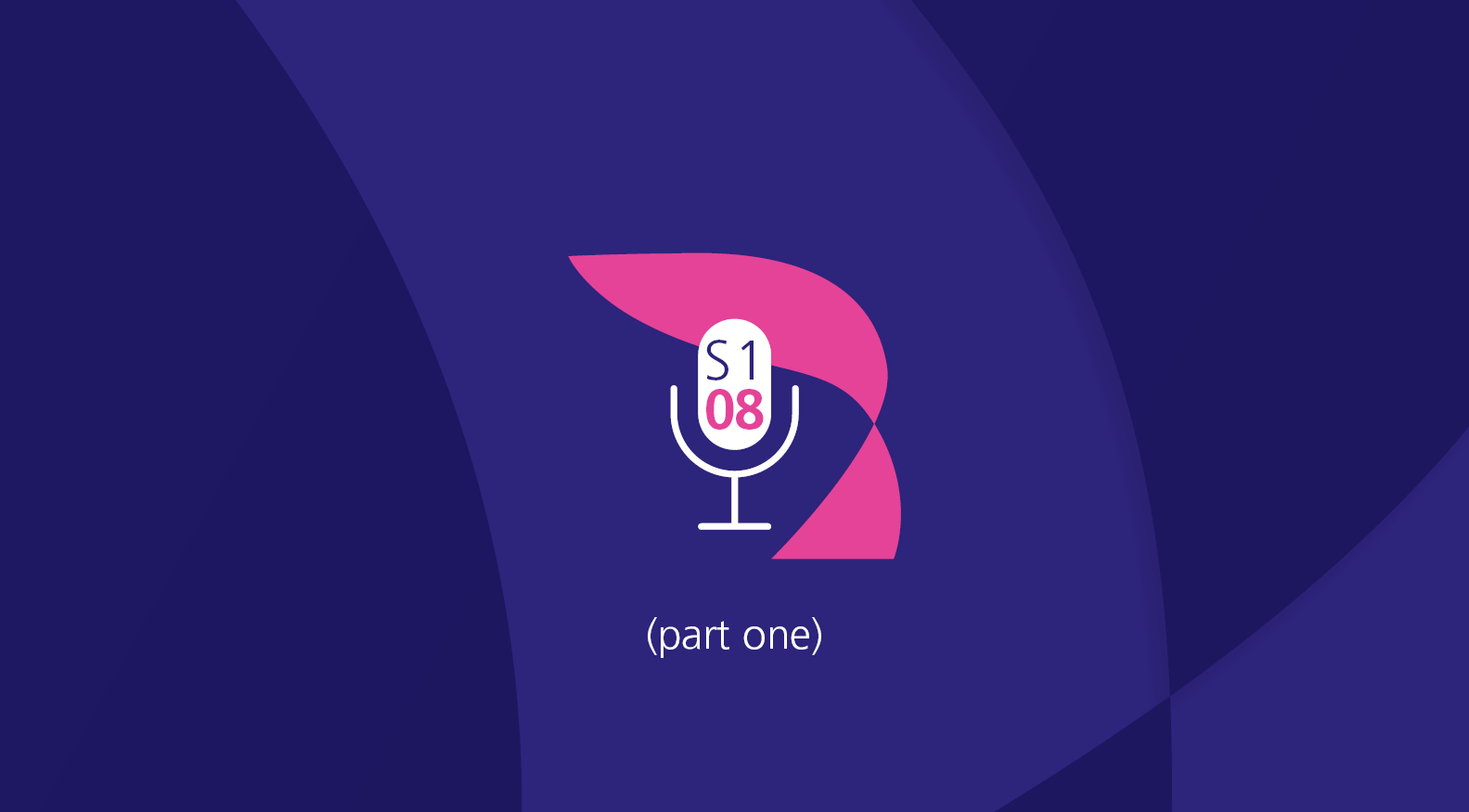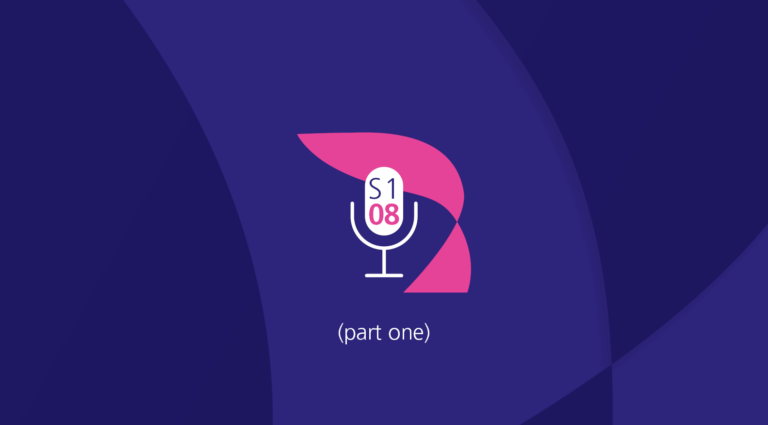
Go to section
Latest
View all
Thought leadership
Outcomes from the Government's 2nd Consultation on the UK IPO Transformation Programme
11 Apr 2025

Events
See what’s coming up, register for the events that matters to you and discover our range of on-demand content.
See upcoming events
Podcasts
Essential listening for you and your organisation.
Discover our range of podcast series and subscribe to make sure you don’t miss an episode.
Listen now

/Passle/5d9604688cb6230bac62c2d0/SearchServiceImages/2025-04-11-15-26-07-415-67f9348f1f42eba318d5a9fc.jpg)
/Passle/5d9604688cb6230bac62c2d0/SearchServiceImages/2025-04-10-14-43-10-826-67f7d8fe9714ab1e15a62b60.jpg)
/Passle/5d9604688cb6230bac62c2d0/SearchServiceImages/2025-04-11-12-01-15-844-67f9048b5b0bb6ebfc0870e8.jpg)






